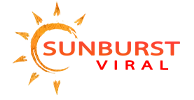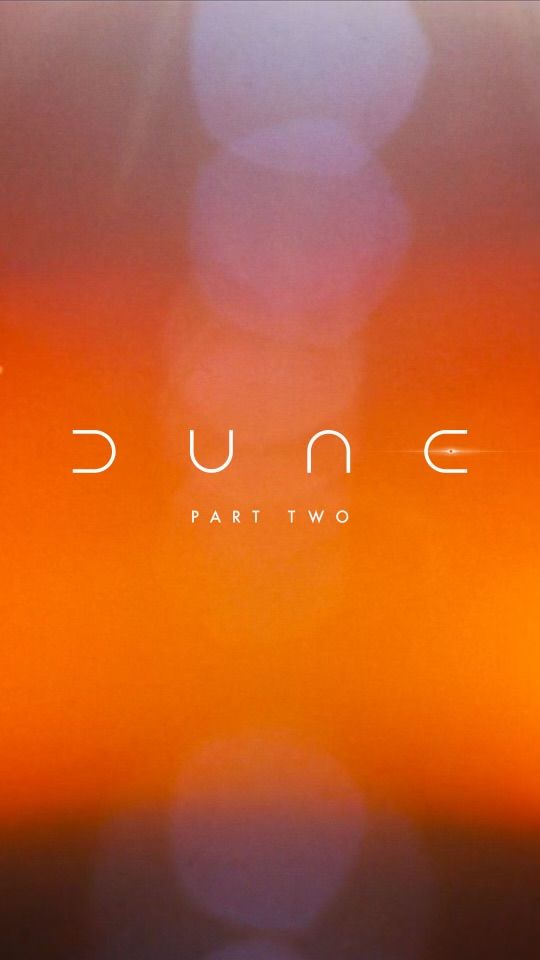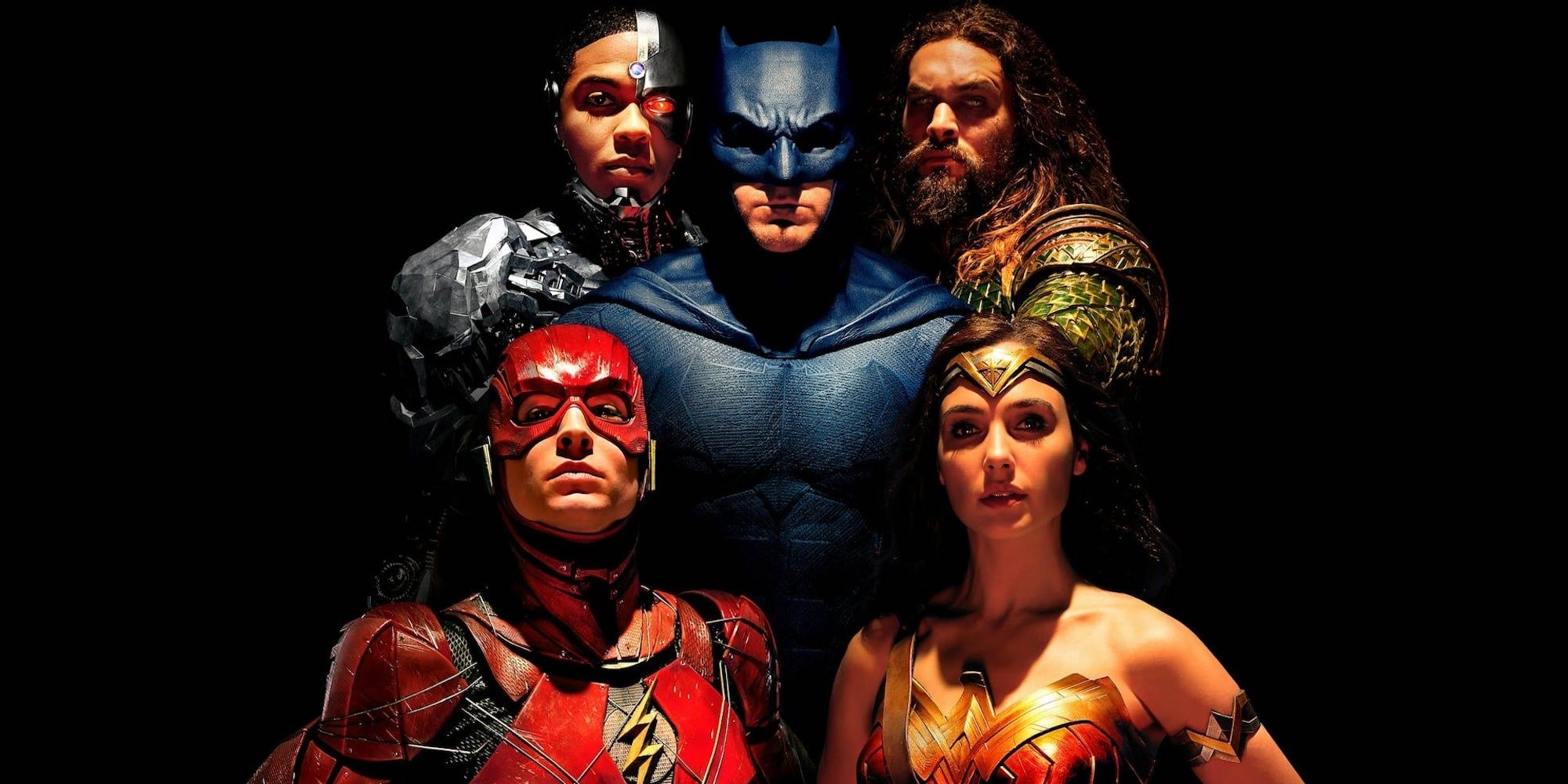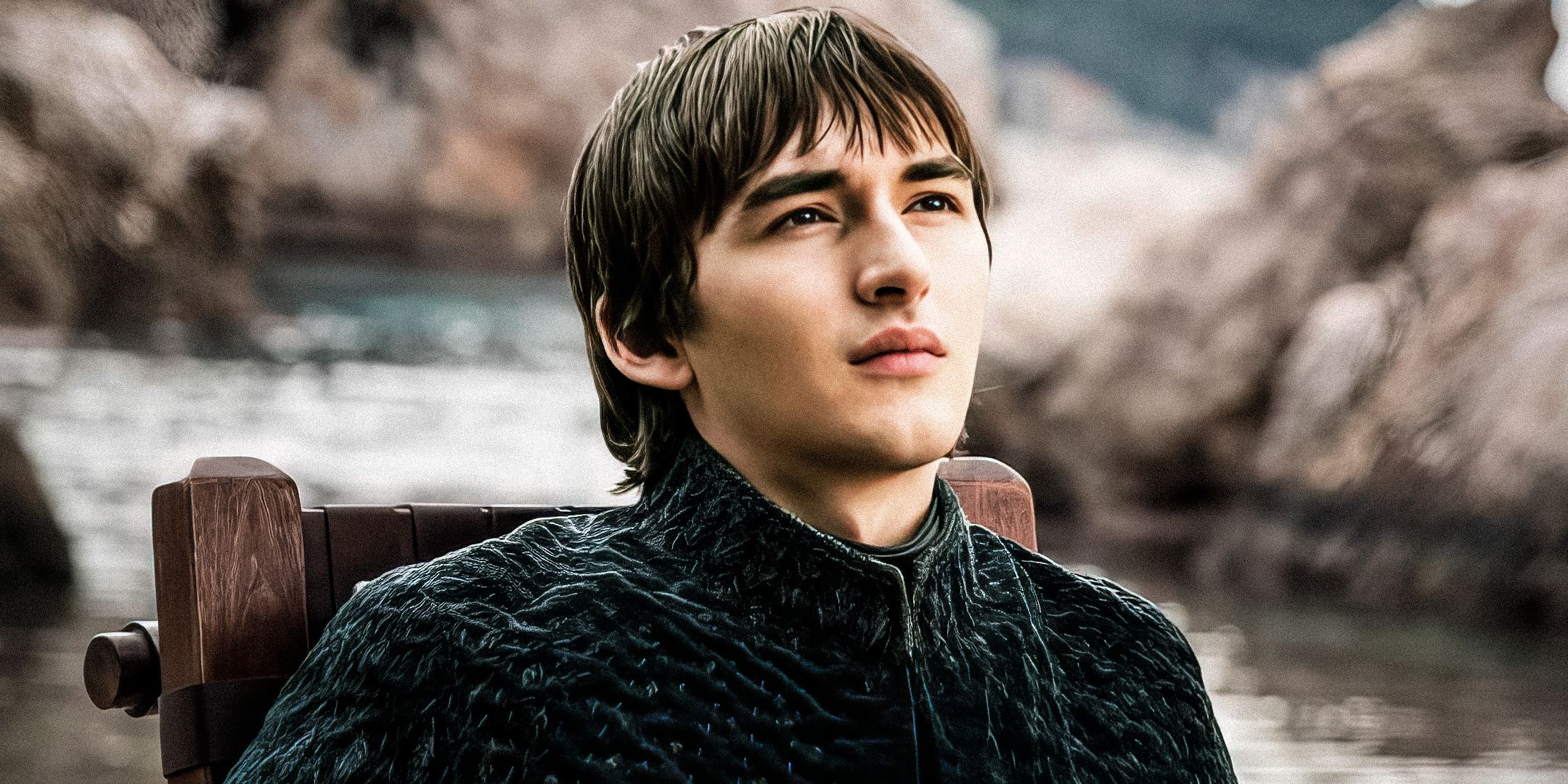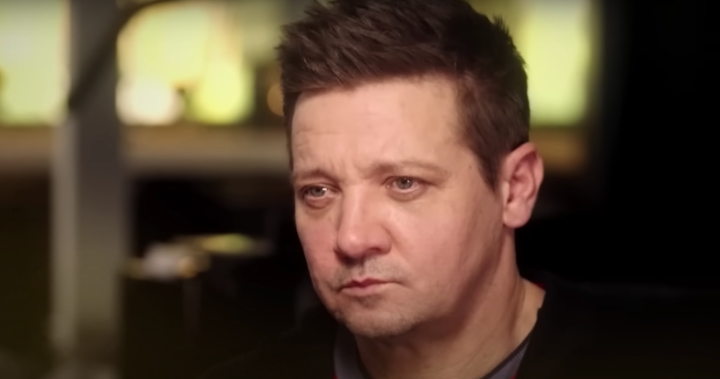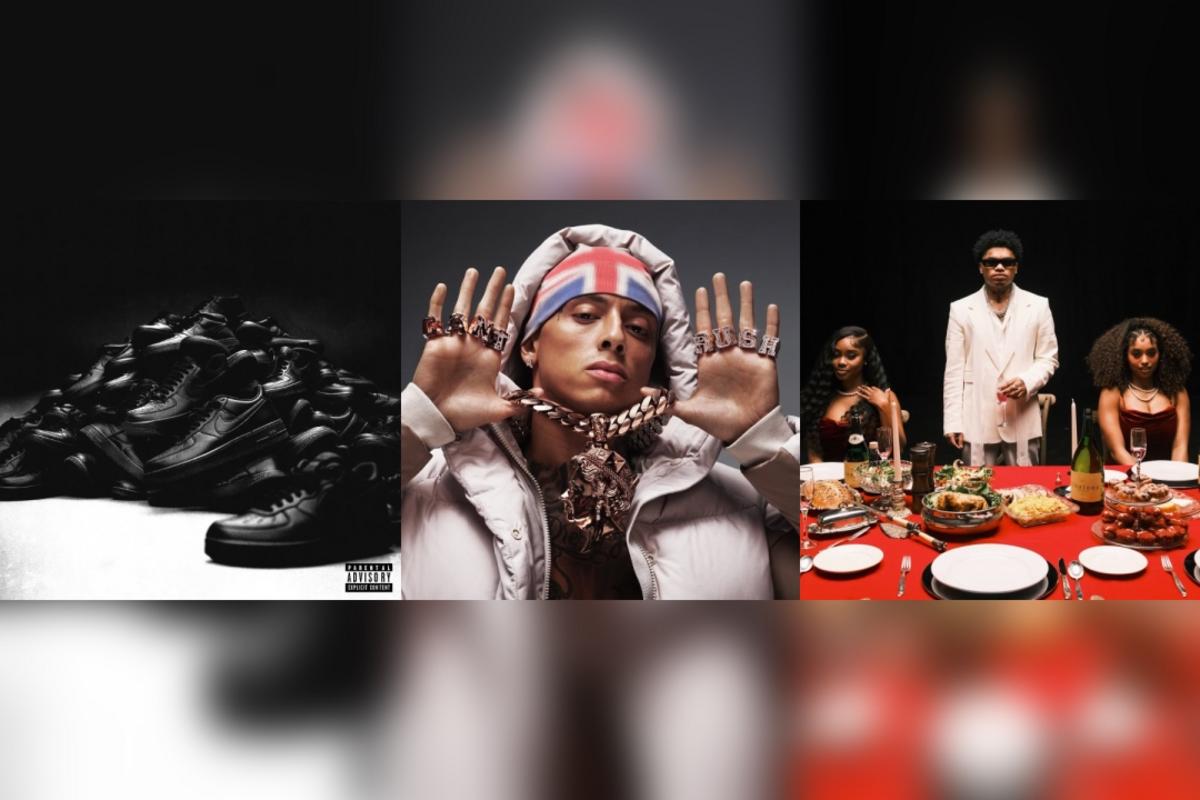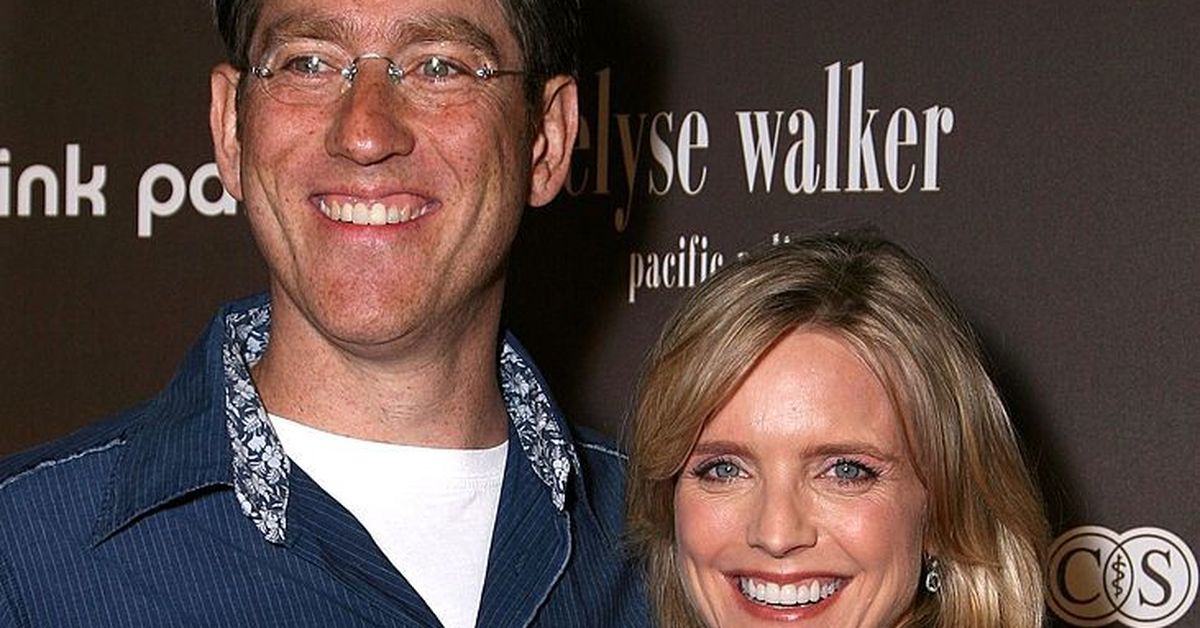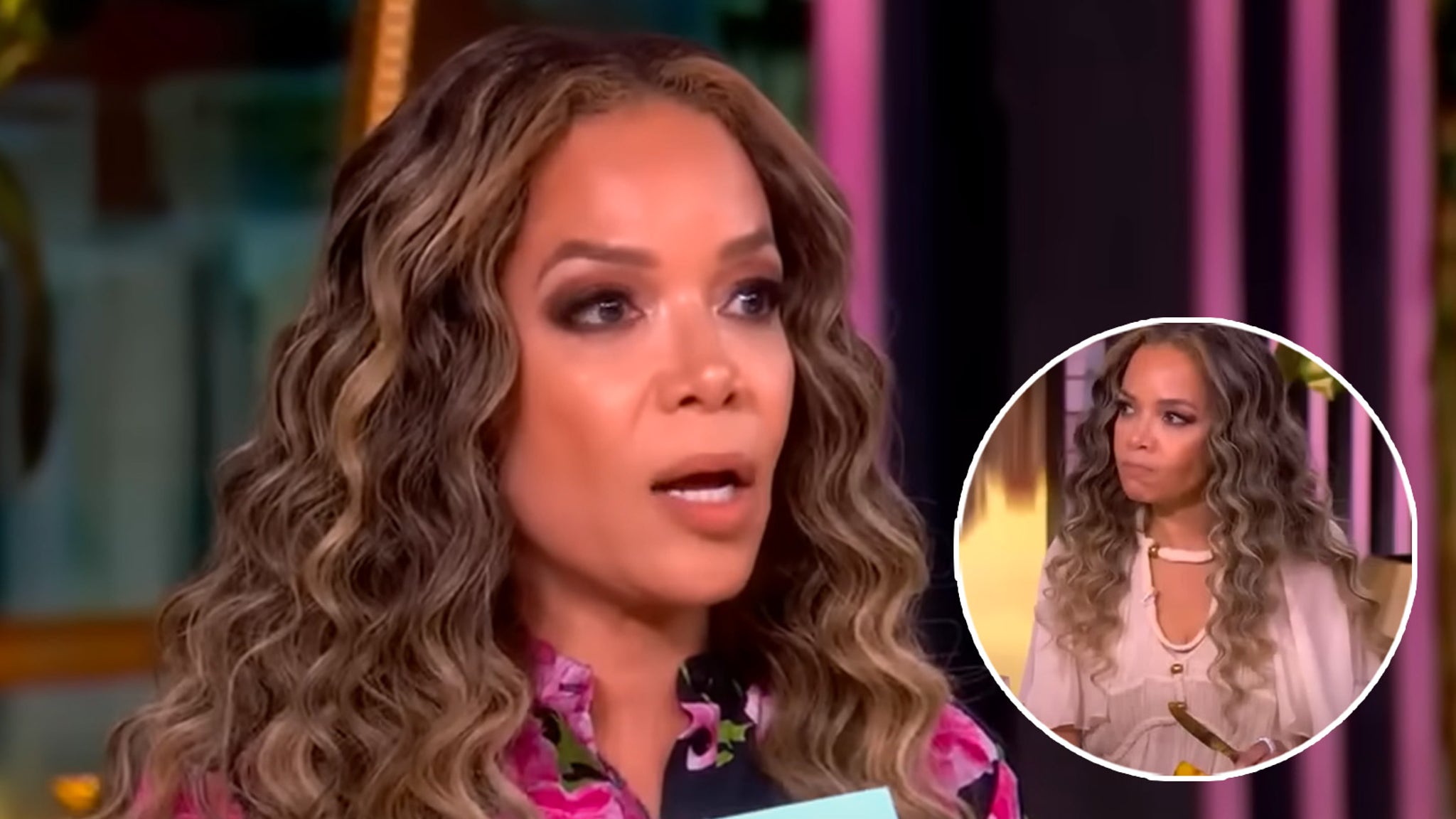The Big Picture
- Denis Villeneuve’s
Dune: Part Two
uses black and white to paint a picture of the brutal and cruel world of the Harkonnens, emphasizing their ruthless nature. - Cinematographer Greig Fraser’s risk in using an infrared camera adds a unique visual language that separates heroes from villains in the film.
- The monochromatic palette enhances the storytelling of
Dune: Part Two
, reinforcing the division between the Harkonnens and Paul Atreides and his allies.
Dune: Part Two (2024) made an explosive box office achievement this year, grossing over $700 million worldwide! Directed by Denis Villeneuve, the second installment deserves all the acclaim as the film stands as a strong example of “the power of the theatre” and what moviegoers deserve to experience post-COVID. The epic sci-fi adventure features breathtaking imagery, innovative special effects, and a killer soundtrack, just to name a few, but the director’s artistic and thematic decisions are what make Part Two such an industry-defining movie.
Although Villeneuve’s newest Frank Herbert adaptation put focus on the Bene Gesserit, the Harkonnens still play a crucial role as the main antagonists. That all goes to say, the most attention-grabbing moment introduces Austin’s Butler‘s character Feyd-Rautha Harkonnen — the younger nephew and heir of Baron Vladimir Harkonnen (Stellan Skarsgård). While Butler’s scene is awe-striking and terrifying, Dune fans also visually experience House Harkonnen’s homeworld in black and white. But why exactly did Denis Villeneuve choose this monochromatic palette?
The Black and White Palette Reflects the Harsh Ecosystem of The Harkonnens
Differing from the psyche of David Lynch‘s 1984 Dune adaptation, Villeneuve’s depiction of the Harkonnens possess a morbid, alien-like appearance. All the Harkonnens in Part One and Part Two are entirely bald and are dressed in dark, stiff uniforms – almost like vampires. The director was said to have been inspired by the German silent film Nosferatu: A Symphony of Horror (1922). This horror movie inspired the animalistic movements of the Harkonnen characters as well as the brutal conceptual design for Giedi Prime.
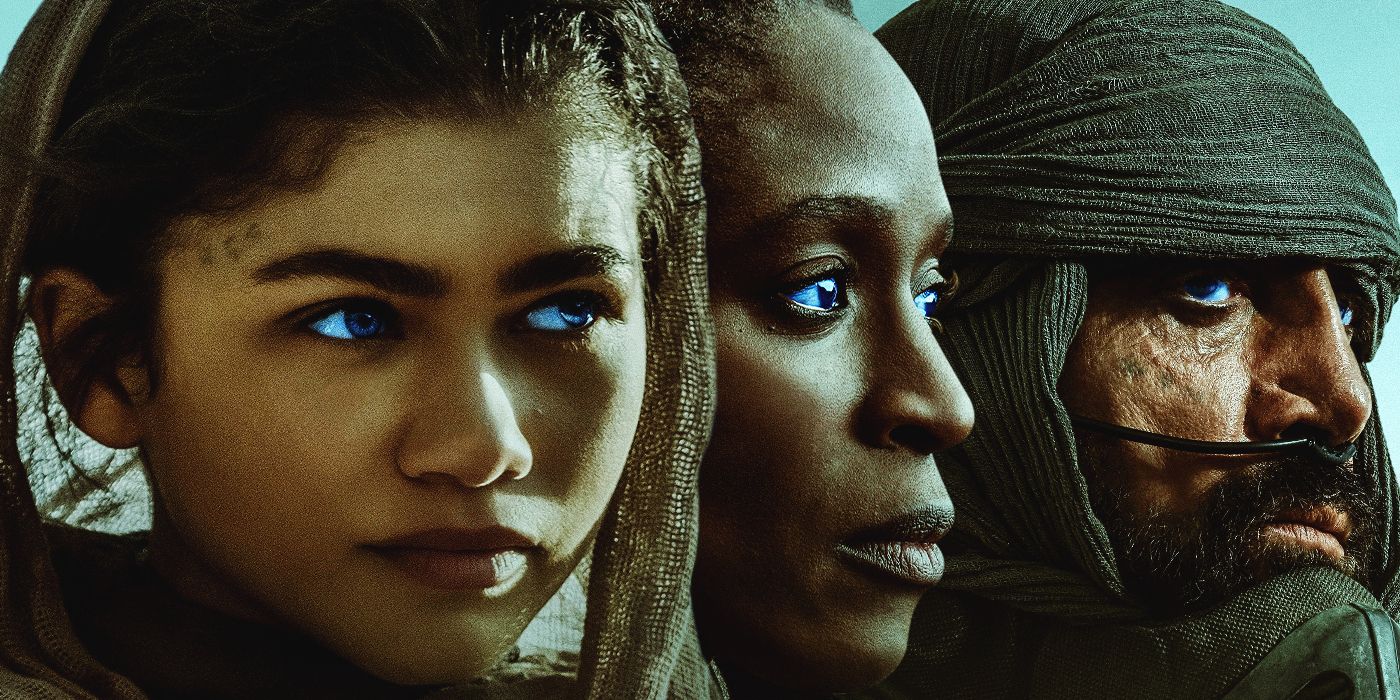
Related
Why Are Their Eyes Blue in ‘Dune’?
They could give Cillian Murphy a run for his money.
In an interview with Moviefone, Denis Villeneuve revealed the reasons behind his artistic choice to paint the Harkonnen planet in black and white for Dune: Part Two. The director originally came up with the idea from the book as the Dune universe revolves around how humans are impacted by their distinct ecosystems. For instance, the Fremen are born and raised to survive on the desert planet of Arrakis. Their environment not only describes their way of life but also does a great deal in explaining their religious beliefs and power system. The same goes for House Harkonnen. Though the books do not flesh out meticulous details about Giedi Prime, Villeneuve characterizes the Harkonnen planet, which orbits the black sun, as a plastic world that is disconnected from nature.
To achieve this eerie allure, the goal was to deliberately communicate the sadistic, cruel, violent ecosystem of the Harkonnen people. The first thing that came to mind was to use sunlight. Villeneuve comments on the approach that led him to choose a black-and-white color palette:
“It’s a plastic world. So, I thought that it could be interesting if the light, the sunlight could give us some insight on their psyche. What if, instead of revealing colors, the sunlight was killing them and creating a very eerie black and white world, that will give us information about how these people perceive reality, about their political system, about how that primitive brutalist culture.”
Cinematographer Greig Fraser Came Up With the Idea of Using an Infrared Camera
By using black and white, the director created a visual language that immediately separates the heroes from the villains. The grayscale imagery strips away any warmth or nuance, presenting a world that is stark, brutal, and devoid of mercy. This choice is designed to evoke a sense of dread and ruthlessness, aligning with the Harkonnens’ characterization as a cold and calculating force driven by domination. However, Denis Villeneuve’s bewitching imagination wasn’t a one-man job.
It was a risky move to utilize black and white for the Harkonnen planet scenes. Per Moviefone, Villeneuve sought to use sunlight in a way that had never been seen before in cinema. Dune: Part Two‘s cinematographer, Greig Fraser, thought of shooting with an infrared camera which would pull off those stylistic needs. But there was a catch! Villeneuve remarks about the technical gamble, “The only thing is that when you film this way, there’s no way back… ‘Okay, we are doing this and there will be no way back. So, we cannot put color after it’s over.'”
Thanks to the fearless spirit of producer Mary Parent, Villeneuve’s vision was supported one hundred percent. Looking back on Part Two, especially Feyd-Rautha’s debut scene, the monochromatic theme provides a powerful visual contrast to the more vibrant and dynamic settings of other aesthetics within the Dune universe. This contrast not only enhances the movie’s storytelling but also reinforces the division between the Harkonnens, Paul Atreides (Timothée Chalamet), and his allies. By presenting the Harkonnen planet in black and white, Denis Villeneuve accentuates their lack of empathy and humanity, creating a visual metaphor for their horrific worldview where power and fear are paramount.
Dune: Part Two is currently available to stream on Max in the U.S.
WATCH ON MAX
